How to Fix Mouse Lag in Windows 10/11
Mouse lag can frustrate Windows users, impacting productivity and overall user experience. This issue, characterized by delayed or jerky cursor movements, can occur in Windows 10 and 11.
We will examine common causes of mouse lag and provide practical solutions to resolve mouse lag and restore smooth cursor operation on your system.
6 Ways to Solve Mouse Lag in Windows 10/11
Check Windows Update
Keeping your Windows system up-to-date is crucial for optimal performance, including smooth mouse operation. Microsoft regularly releases updates that can fix various issues, including mouse lag.
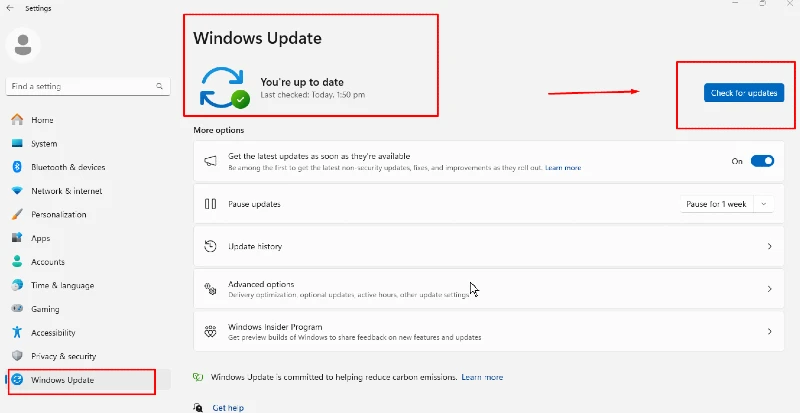
Steps:
- Press Windows key + I to open Settings
- Click on “Update & Security” (Windows 10) or “Windows Update” (Windows 11)
- Click “Check for updates.”
- If updates are available, download and install them
- Restart your computer when prompted
Disable Mouse Trails
While helpful for some users, mouse trails can cause lag on specific systems. Disabling this feature might improve your mouse responsiveness.
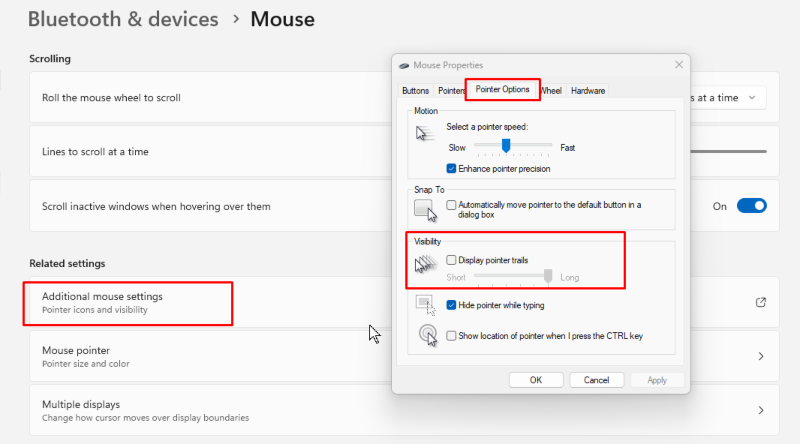
Steps:
- Open the Start menu and type “Mouse settings.”
- Click on “Mouse settings” in the search results
- Scroll down and click on “Additional mouse options.”
- In the Mouse Properties window, go to the “Pointer Options” tab
- Uncheck the box next to “Display pointer trails.”
- Click “Apply” and then “OK.”
Enable/Disable Scroll Inactive
The scroll inactive windows feature can sometimes interfere with mouse performance. Toggling this setting may help resolve lag issues.
Steps:
- Open Settings (Windows key + I)
- Click on “Devices” (Windows 10) or “Bluetooth & devices” (Windows 11)
- Select “Mouse” from the left sidebar
- Toggle the “Scroll inactive windows when I hover over them” option on or off
- Test your mouse to see if the lag is resolved
Update Mouse Driver
Outdated or corrupt mouse drivers can lead to lag. Updating your mouse driver can often resolve these issues.
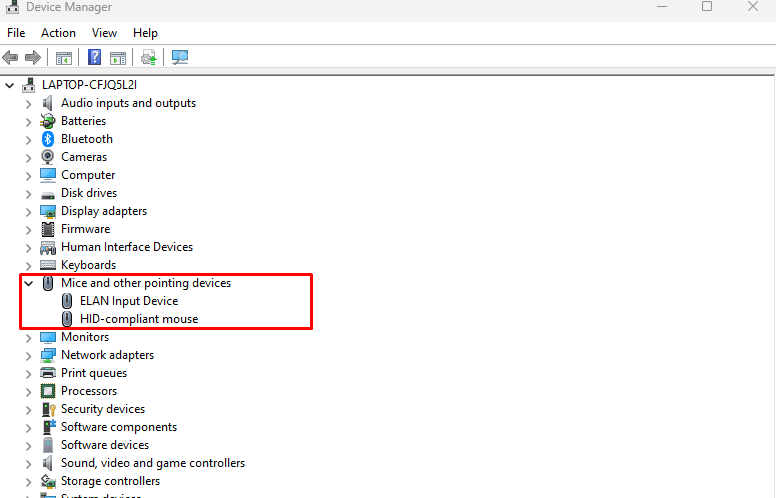
Steps:
- Right-click the Start button and select “Device Manager”
- Expand the “Mice and other pointing devices” category
- Right-click on your mouse device and select “Update driver”
- Choose “Search automatically for updated driver software”
- Follow the prompts to complete the update
- Restart your computer
Another option is to invest in third-party software with automatic driver update functionality, such as Fortect.
Fortect premium driver updater automatically scans all installed drivers on your Windows PC, identifies faulty or outdated ones, including your mouse driver, which causes lag, notifies you in real time, and updates them as needed.
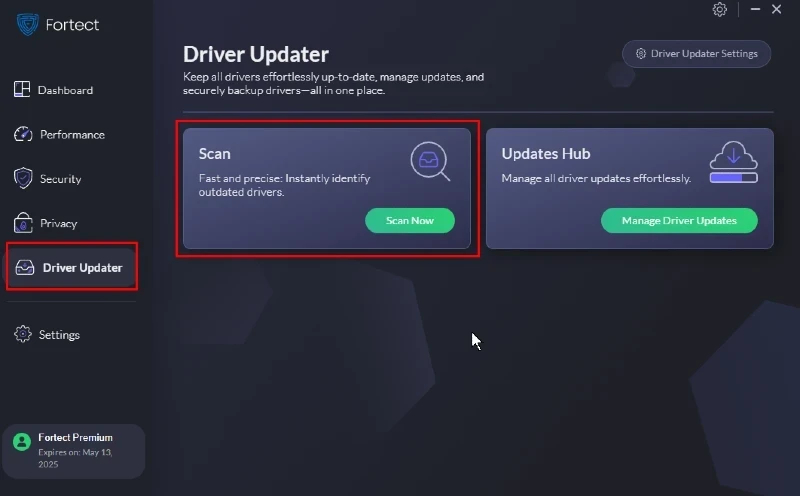
This ensures your drivers stay current and can improve your PC’s overall performance and stability.
Download and install Fortect now.
Disable Adaptive Sync Settings
While adaptive sync benefits display performance, it can sometimes cause mouse lag. Turning off this feature may improve mouse responsiveness.
Steps:
- Right-click on your desktop and select “Display settings.”
- Scroll down and click on “Advanced display settings.”
- Click on “Display adapter properties” for your display
- Go to the “Monitor” tab
- Uncheck “Enable Adaptive Sync” if it is available
- Click “Apply” and “OK.”
Run Full System Scan
Malware or viruses can cause various system issues, including mouse lag. Running a full system scan can help identify and remove any threats.
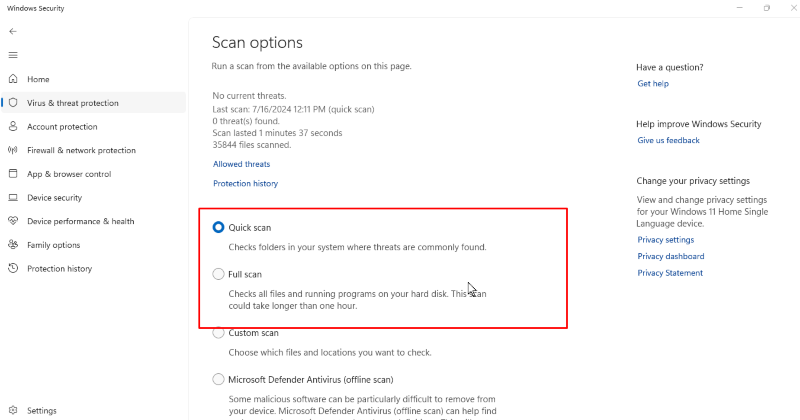
Steps:
- Open Windows Security (formerly Windows Defender)
- Click on “Virus & threat protection.”
- Click “Scan options.”
- Select “Full scan” and click “Scan now.”
- Wait for the scan to complete and follow any prompts to remove detected threats
Cause of Windows 11 Mouse Lagging
Mouse lag in Windows 11 can be attributed to various factors, including:
- Outdated or incompatible drivers
- System resource constraints
- Interference from third-party software
- Hardware issues
- Graphics settings conflicts
- Windows 11 specific bugs or compatibility issues
Understanding these potential causes can help troubleshoot and resolve mouse lag more effectively.
Conclusion
Mouse lag can significantly impact your Windows experience, but these solutions can restore smooth cursor operation. Remember to update your system and drivers and regularly check for software conflicts. If the issue persists after trying these methods, consider checking your mouse hardware or consulting with Microsoft support for further assistance.
By maintaining a well-optimized system and addressing mouse lag promptly, you can ensure a seamless and productive computing experience on your Windows 10 or 11 device.




